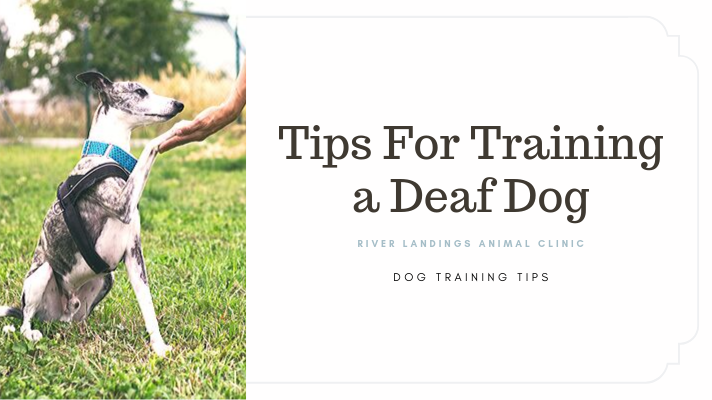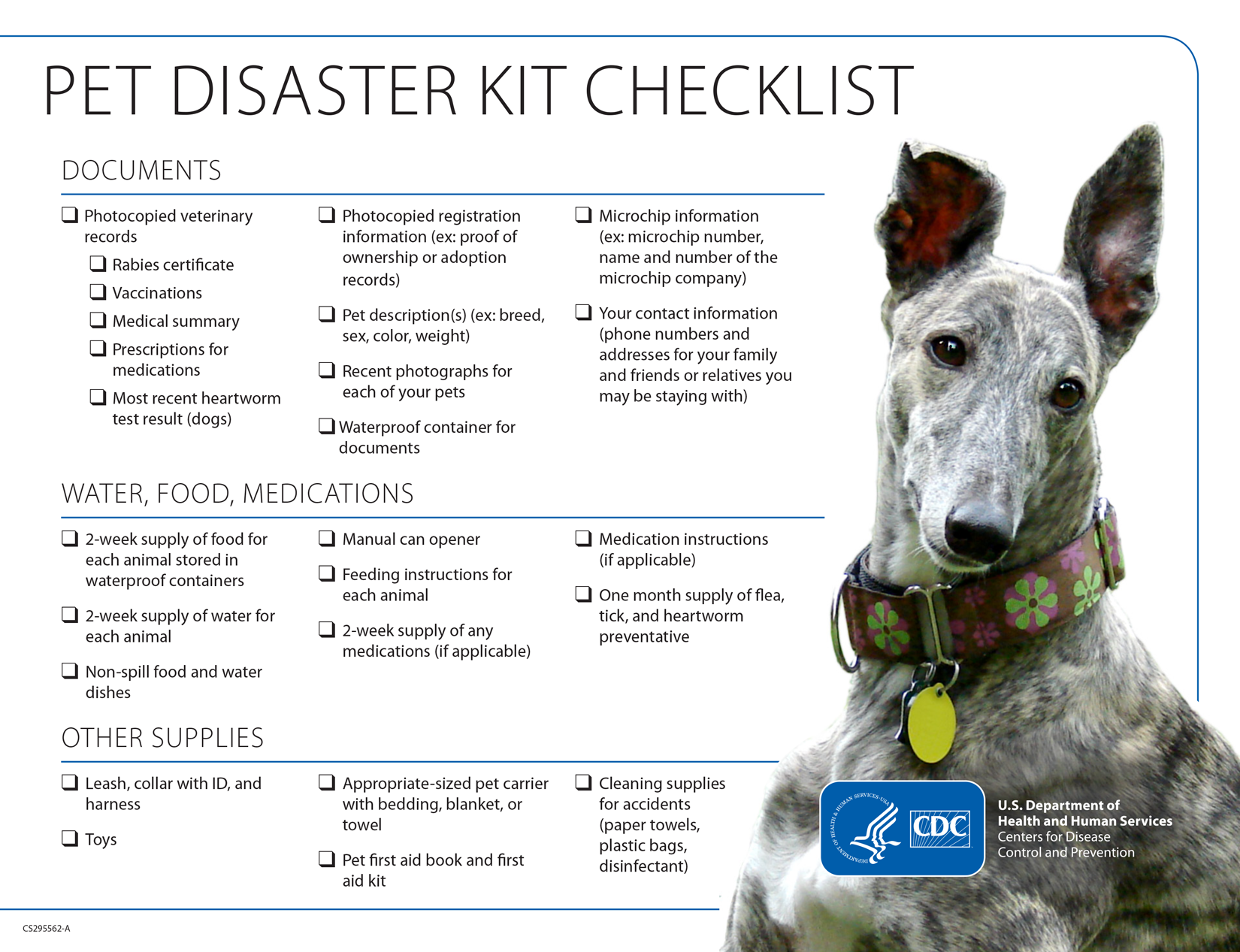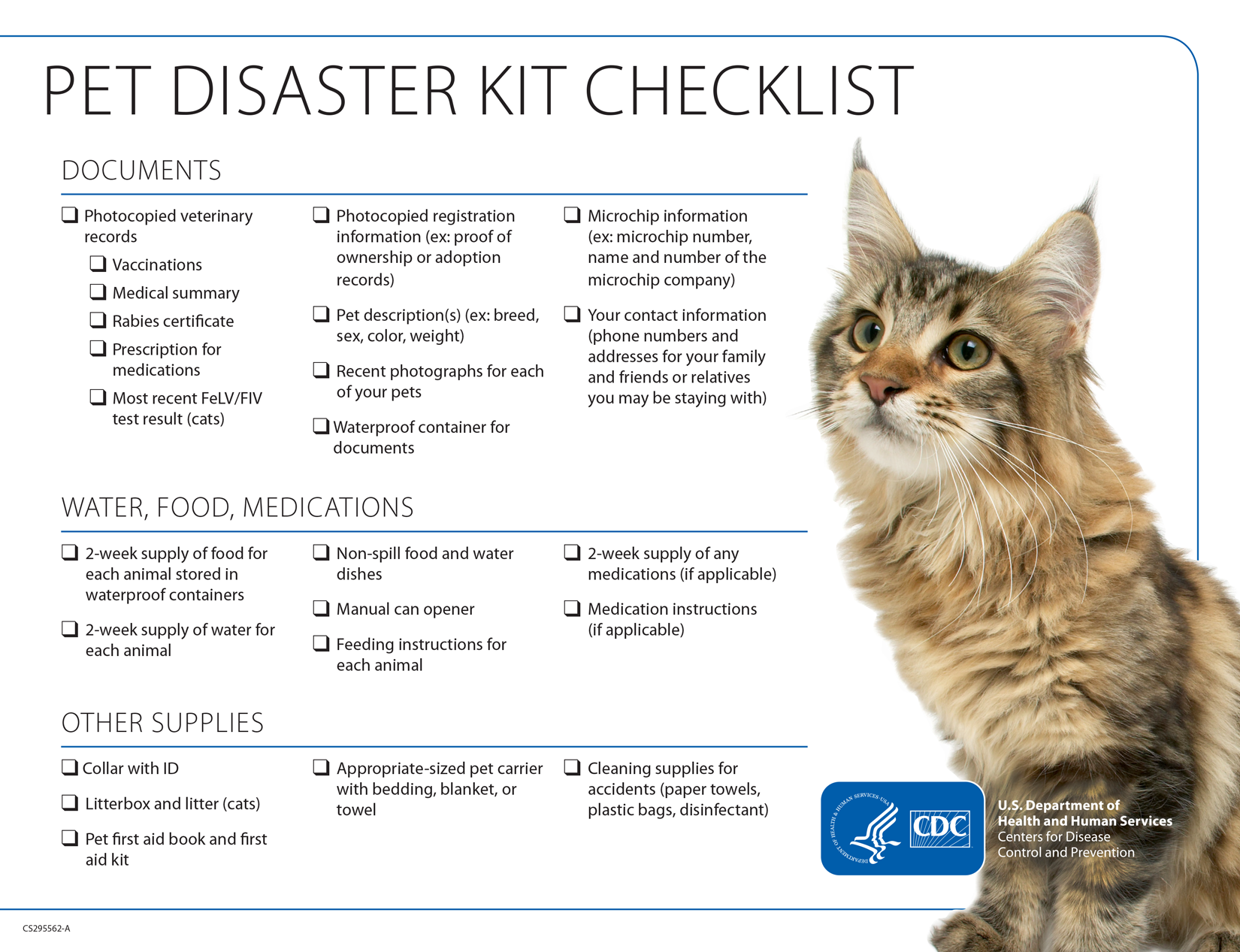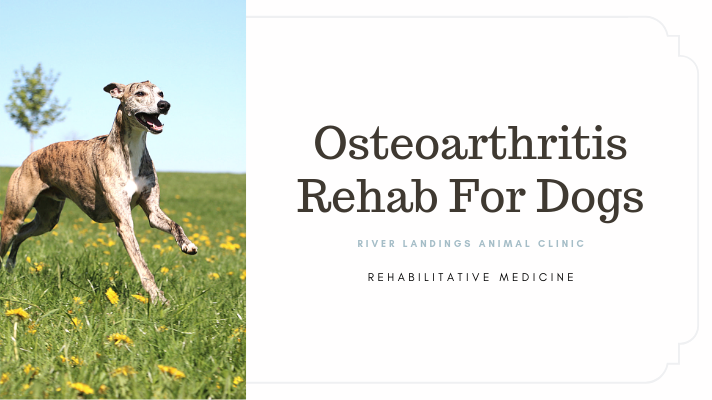Walking your dog is about much more than just potty breaks. Walking your dog provides them mental stimulation, physical exercise, socialization, and opportunities for behavioral training. Moreover, it gets both of you out and about all while helping to grow the bond you have with your dog.
Walking Provides Exercise and Mental Stimulation
Walking your dog regularly provides a basic foundation for physical and mental health. Like a child, your dog wants to know and explore the world. If they are confined to the house for too long, your dog will get bored, and boredom can lead to destructive behavior. Your dog is dependent on you to take them out to explore the sights, smells, and sounds of the world. This is why it’s also good to vary the places you take your dog as much as possible. You’ve probably noticed how busy (and excited) your dog gets when they are walking, so let them enjoy every opportunity to discover.
Walking is Good for Your Dog’s Health
A sedentary life for a dog can quickly lead to an overweight dog, which brings potential health problems with it. Even if your dog is active inside the home, they still need another outlet to expel their energy. You’ll benefit from having a well-exercised dog, as tired dogs tend to behave better. You will also help your pet avoid unnecessary weight gain, thus the health issues that come with it.
Walking Helps with Your Dog’s Socialization Skills
While you are out and about on your walks, your dog is likely to run into fellow canines. This is a great opportunity to help your dog learn acceptable ways of socially interacting with new animals. It will also help build your dog's confidence so your pet will be less afraid to make new friends. However, if your dog does show fear, try taking them to a training class to resolve that anxiety in a more controlled environment. Well-socialized dogs still like a bit of rough-and-tumble play with other dogs when out for a walk, but they’ll know when to stop and will come away without any battle scars. Walking your dog and exposing them to different dogs, people, and situations is a win for everyone.
Walking Your Dog is a Training Opportunity
When walking your dog, consider it a training opportunity. Dogs aren’t born knowing how to walk on a leash, so you’ll have to teach your dog how to follow your lead. While they are on the move, dogs are more inclined to be more receptive to learning. On these walks, you can begin teaching commands like, “sit,” “stay,” and “heel,” especially if you take treats along to use during the process.
Walking Your Dog May Not be Enough
Exercise needs are based on your dog's age, breed, size, and overall health, but a good rule of thumb is you should spend at least 30 minutes every day on an activity with your dog. Younger dogs and dogs bred for sports or herding activities may need much more.
If your dog has a yard to play in, walking isn’t the only form of exercise available. However, don’t expect your dog to create their own exercise routine just because you’ve put them outside. Dogs don’t self-entertain, so if you want to tire your pet out, play catch or fetch!
If you’re at work all day, consider taking your dog to a doggie daycare, hiring a dog walker, or asking a friend to take your dog out during those hours. Your pet will enjoy the company, and you’ll come home to a happier dog waiting to greet you.
Ready to get out of the house with your pup? With this insight, you’ll never look at a walk with your dog the same way again! Don’t have a dog of your own to walk? Volunteer with your local humane society or shelter and help enrich the lives of shelter pups.
Hear From Us Again
Don't forget to subscribe to our email newsletter for more recipes, articles, and clinic updates delivered to your inbox (here). Or, you can keep up to date by liking and following our Facebook page (here).
Related: We have more information under our dog health + client care tags.
